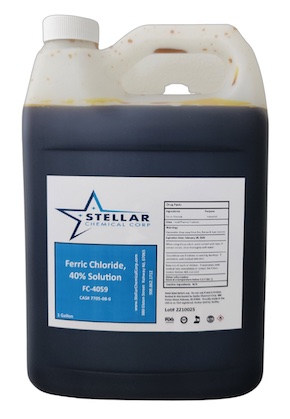
-----
Yellow steel patina
I make large steel and stone and wood sculptures. I have been looking for a chemical formula to create a yellow patina for ferrous steel. I know it exist but I have yet to find it.
Lonnie Dwayne Abbottstudio - Rockport, Kentucky
2005
I know little bit about patination but I don't know any really yellow patina for steel.Only rusty orange-red to brown colours can be obtained. See letter 34342! Good luck!
Goran Budija- Cerovski vrh Croatia
2005
In my chemistry and metallography class at RIT we are studying oxidation of irons and steels. I brought up a question about "Is there good and bad rust? Like the guardrails on highways." I was told to go look it up for the class and re-post back. I have been doing a few hours of research and came upon this site. I am looking for the difference in chemical equation between bad rust (Iron oxide?) and good rust (Patina).
Dann Hack- Rochester, New York
2005
The difference between a rust and a patina, I think, is that a patina is not corrosive, and the metal retains its function (it can still be used, unlike a rusted iron bar). Even if such is not the case, patinas are generally applied in a purely decorative fashion, so any metal that has undergone a patina doesn't need to function.
Alex Verma- Flint, Michigan
2005
2007
"In olden times, the patina was the natural oxidation that served to highlight the workpiece. Wrought iron actually oxidized (rusted) to a nice deep brown patina and then stopped because natural silicates in the iron preserved the metal. Natural patinas often added value to the work."
Reference:
www.appaltree.net/aba/education/technical/finishes/finishes.htm
- Morgantown, West Virginia
With my experiments and experience using various patinas I've come into a yellow patina on one occasion. Cold Ferric Nitrate. 1-tablespoon of Ferric crystal to 1-liter of water. The metal must be free of any oils and or dirt. Anything left on the metal will cause variation in the patina. Dip or spray, it works well both ways. Use no heat. After you've acquired the color of desire, treat with a neutralizing solution.
Jason Bream- Visalia, California
2007
I am looking for a brown patina or my old muzzle loader and ran across shades of Gray patinas using zinc, Manganese sulphate AND iron Phosphate with the shades going from light to dark as listed. This can be done cold but better hot and using a dip rather than spray. However, spraying can be done.
Brue Kellem- Rochester, New York
2007
Yellowed iron exists in nature: Iron pyrite! I don't remember how to do it, but there is a chemical process to get a patina . IT was pretty toxic. Any chemists have a better idea?
Linus Hollis- Piedmont, California
2007
In my experience ferric chloride ⇦ on eBay or Amazon [affil link] (a liquid oxidizing agent)works wonders. It needs to be diluted 1 part ferric chloride ⇦ on eBay or Amazon [affil link] to 3 Parts Water. You want it to dry ASAP. Spray works well or heat up your piece.
Corne le Roux- Robertson, South Africa
September 4, 2009
I am a metals conservator in South Africa and I am trying to source patination chemicals in reasonable amounts. Specifically ferric chloride ⇦ on eBay or Amazon [affil link] . Any idea where I could source some from? My client is on a very tight deadline.
Rowan Smith- South Africa
November 2, 2009
Try your local electronics store for ferric chloride ⇦ on eBay or Amazon [affil link] , It's used for etching circuit boards, etc.
Steve Lambert- Wellington, New Zealand
January 14, 2010
Q, A, or Comment on THIS thread -or- Start a NEW Thread
